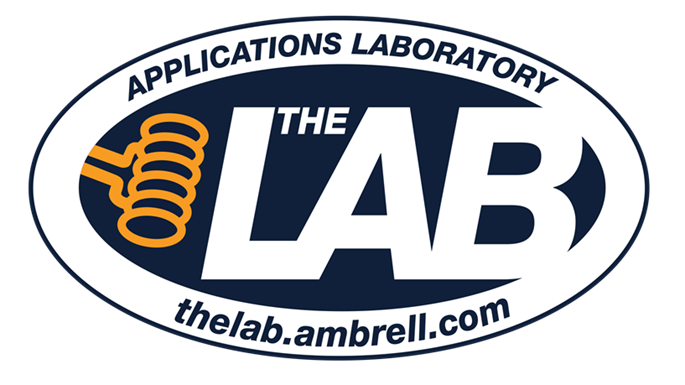Induction Brazing an Aluminum Assembly
Objective A company wanted to assess using induction heating for their aluminum assembly brazing process, and contacted THE LAB at Ambrell to utilize...
Applications
Applications: More
Applications: More

Industries:
Industries: More
Industries: More
Industries: More

Products:
Products: More
Services:
Services: More

Learn:
Learn: More
About:

1 min read
Brett Daly
12/12/16 4:19 PM

A client had been using an oven for heating a fixture for Nitinol wire heating and forming. They turned to Ambrell to see if induction could reduce their twelve-minute heating time while saving energy and floor space. The client sent parts to THE LAB at Ambrell and took advantage of complimentary applications testing from expert applications engineers.
THE LAB determined that an Ambrell EASYHEATTM 6 kW 150-400 kHz induction heating system with a specially-designed single position multiple-turn channel coil would be optimal for this application. The engineers at THE LAB determined that heating could be completed within seven minutes with an Ambrell EASYHEAT induction heating system. That heating time easily outperformed oven heating.
Speed is the primary reason the client is switching to induction heating. Additionally, induction requires significantly less of a footprint than an oven and it is more energy efficient since only the part is heated. Finally, induction systems often have lower maintenance costs than ovens as there isn't downtime due to required maintenance such as relining.
Visit our applications laboratory page to learn more about complimentary parts testing from THE LAB at Ambrell. Check out our applications page to see applications notes on other applications that THE LAB at Ambrell has evaluated.

Objective A company wanted to assess using induction heating for their aluminum assembly brazing process, and contacted THE LAB at Ambrell to utilize...

Induction heating is a process that uses electromagnetic fields to heat electrically conductive materials. It has been used in numerous industries...

Induction heating, a process that uses electromagnetic induction to heat electrically conductive materials, is often thought of for large industrial...